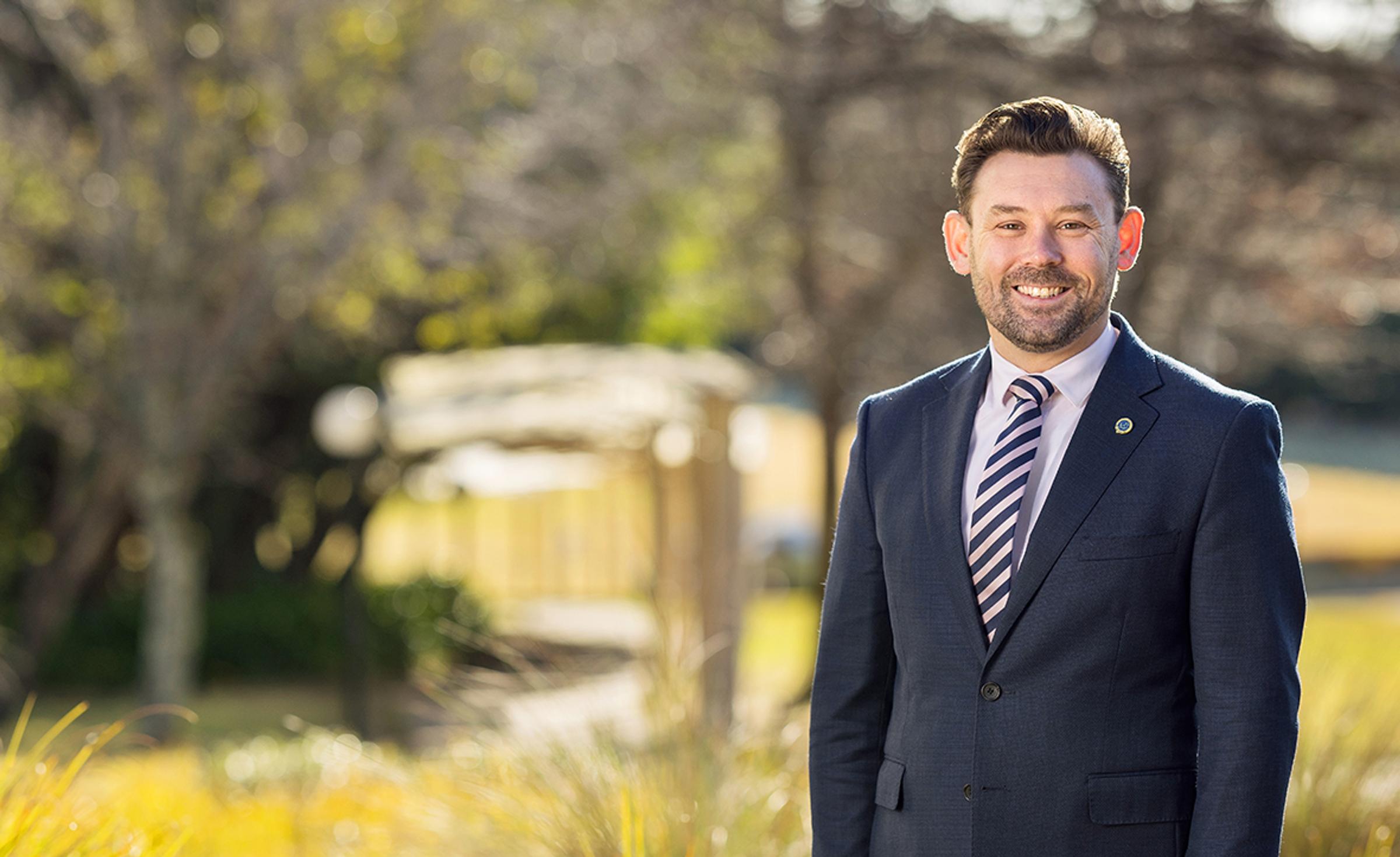From the Director of Innovative Pedagogies

Using Data to Tell Our Stories: Qualitative and Quantitative Data
In schools, we are very good at capturing quantitative data. We have grades, ranks and averages, as well as data on attendance, participation and graduation rates. There is data on finances, class sizes, facility usage and digital platform engagement. The list of quantitative data is seemingly endless. This is helpful in making decisions, generating predictions, comparing and contrasting, and generalising results.
However, if we want to unlock valuable insights into students’ experiences, perspectives and behaviours, as well as capture the richness and depth of human experiences, we need to look beyond just the quantitative numbers. By using non-numerical and descriptive information gathered through formal and informal interviews, observations, surveys and the analysis of documents and artefacts we can see the nuances and complexities of the educational schemas taking place.
At Blue Mountains Grammar, we apply a structured and deliberate approach to assessment for, as and of learning. It is important to combine both numerical data and a deeper understanding of student experiences to ensure comprehensive and robust learning. These methods complement each other and, when used together, can provide a well-rounded view of student performance and progress.
However, it is rarely this simple. Qualitative data is often hard to capture. Where quantitative data is quick and clear in many cases, qualitative data can be described as more personal and takes time to extract. It seeks to measure and group non-numerical data to gain a deeper understanding of thinking and strategies. This method looks beyond grades to explore how students learn and engage with material. For instance, teachers often conduct one-on-one interviews or group discussions to better understand a student’s thought process and learning journey.
Students are also encouraged to reflect on their learning through written work, such as essays or learning journals, which provide insight into their individual experiences. Classroom observations allow teachers to see how students interact in real-time, offering a fuller picture of their engagement with the subject and syllabus material. Concept maps, where students visually represent their understanding of a topic, are also used to assess their grasp of complex ideas.
Qualitative assessment offers a personalised approach to evaluating learning, helping teachers identify each student’s strengths and areas for improvement. By looking at the cognitive, emotional, and social aspects of learning, this method allows educators to adapt their teaching strategies and provide more meaningful feedback. It also encourages students to develop critical thinking skills and express their understanding in creative ways, which aligns well with the School’s focus on holistic education.
Despite its benefits, qualitative assessment can be more time-consuming and subjective. Teachers may interpret the same student responses differently, leading to potential inconsistencies. Additionally, managing large groups of students with this highly individualised approach can be time consuming. The process of designing and implementing qualitative assessments requires significant resources, and analysing large sets of descriptive data can be complex. However, despite this we have seen excellent growth in Year 7 recently through a blend of qualitative and quantitative assessments.
As artificial intelligence continues to develop and the skills students need to be successful grow and change, we need to ensure a balanced approach that combines both quantitative and qualitative measurement. While quantitative methods provide objective data on student progress, qualitative assessments help to reveal the deeper aspects of learning, offering a more holistic view. Together, these methods empower teachers to make well-informed decisions that cater to the academic and personal growth of Blue Mountains Grammar School students.
Christopher Sanders
Director of Innovative Pedagogies
